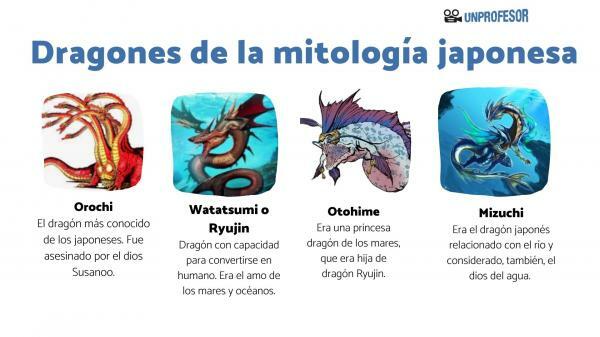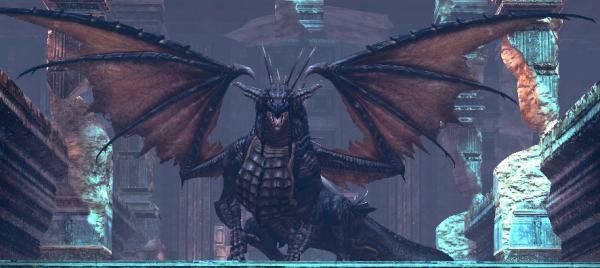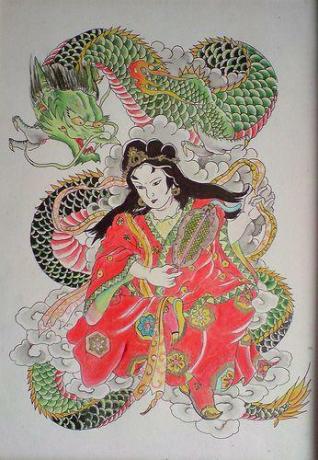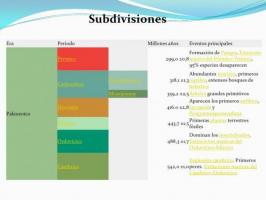15 most important DRAGONS of JAPANESE mythology

One of the mythological creatures most repeated throughout history and that have interested humanity the most have been dragons. Dragons have emerged in many of the beliefs throughout humanity, both Western as Orientals, but without a doubt one of the ones that has had the most presence of dragons has been the japanese mythology. To know the numerous types of dragons that arise in Japanese beliefs in this lesson from a PROFESSOR we must talk about the most important japanese mythology dragons.
Index
- Types of Japanese dragons
- The most important Chinese and Japanese dragons
- Dragons of Japanese and Hindu mythology
Types of Japanese dragons.
The japanese mythology has as one of its main characteristics the influence received by nearby towns, so many of its myths and creatures arise from foreign towns such as China or India. Even so, there are also numerous monsters that emerged from Japanese stories and, therefore, in this first section we must talk about the original japan dragons.
The first mentions of dragons arise in Kojiki, the oldest japanese book dating from 680 BC C.; and in the Nihongi, second oldest book in Japan and located in 720 AD. C. This shows that dragons have always been key in Japanese beliefs, being water deities shaped like a snake that can have more or less powers depending on many factors.
There are many dragons with origins in Japan and in this section we will mention those that we consider most important. The main fully Japanese dragons are as follows:
- Orochi: The best known dragon of the Japanese. With 8 heads and 8 tails, it is said that this dangerous dragon was killed by the god Susanoo, who found inside the creature the imperial sword of Japan known as Kusanagi.
- Watatsumi o Ryujin: This dragon with the ability to become human is said to have been the master of the seas and oceans and of all the creatures that inhabit them.
- Otohime: Dragon princess of the seas and daughter of Ryujin. According to some sources she is the ancestor of the first emperor of Japan.
- Wani: A monster of Japanese beliefs that is considered to have been a dragon shaped like a crocodile.
- Mizuchi: River dragon and god of water, it is considered that he received sacrifices to stop river problems.
- Kiyohime: A tea worker who transformed into a dragon for revenge.
- Nure-onna: A dragon with the head of a woman and the body of a serpent that is said to have killed those who approached its rivers.
- Zennyo: A human with a serpent's tail that represented the rain.

The most important Chinese and Japanese dragons.
The CChinese and Japanese references have always had a strange relationship, serving so that the mythologies of both feed back one to the other and being able to see mergers of the thoughts of both peoples.
A clear example of the relationship between both civilizations regarding the issue of dragons are the japanese divine monsters, which are still adaptations of the Four Chinese Symbols.
Of these four creatures in this lesson we must talk about one, known as Sheiryu, since this is the only one of the four that it's a dragon, being a huge blue dragon that is said to protect the east and the city of Kyoto, and to represent water and spring.
On the other hand we have the four dragons that protect the seas of Japan, which come from the Dragon Kings of Chinese culture. The protector dragons of the seas are as follows:
- Goko: Dragon of the East Sea.
- Gokin: Dragon King of the South Sea.
- Gojun: Dragon King of the North and West Sea, in some myths they are mentioned as two different dragons.

Image: Gojun Dragon
Dragons of Japanese and Hindu mythology.
To finish this lesson on the dragons of Japanese mythology we must talk about the main dragons that arise from the union of the Japanese and Hindu thoughts, forming a kind of creatures born of the Hinduism and the buddhism.
The issue of the arrival of Indian beliefs in the Japanese region is not entirely certain, but we tend to think that China could be used as a kind of cultural bridge between both regions so that mythological and religious elements were exchanged between the three nations.
The best example of a dragon that unites Japanese and Hindu ideas are the so-called Naga, being snake-shaped rain deities which are thought to arise from Chinese beliefs; and the Nagaraja they are called king serpents or king dragons but they did not have much presence within the myths of Japan.
On the other hand, we find less relevant dragons that we could call buddhist dragons and whose origin unites the thoughts of the Japanese and the Hindus. These dragons are the following:
- Hachidai ryuo: There are 8 great Naga gods gathered to listen to Buddha speak, it is said that they were in the great meetings of the god.
- Mucharinda: With the shape of a giant cobra, it is said that it was the Naga that protected the Buddha, being therefore key to the survival of the deity.
- Benzaiten: A goddess capable of turning into a white serpent and capable of slaying dragons, being regarded as one of the few female deities found within the important gods of the world. buddhism.
- Kuzuryu: A nine-headed dragon worshiped in many of the largest temples in Japan and some in India.

Image: Benzaiten Dragon
If you want to read more articles similar to Japanese mythology: main dragons, we recommend that you enter our category of Story.
Bibliography
- Torres García, A. (2020). Illustrated book of Japanese legends (Doctoral dissertation).
- Anesaki, M. (2019). Japanese mythology. Brontes Editions.



